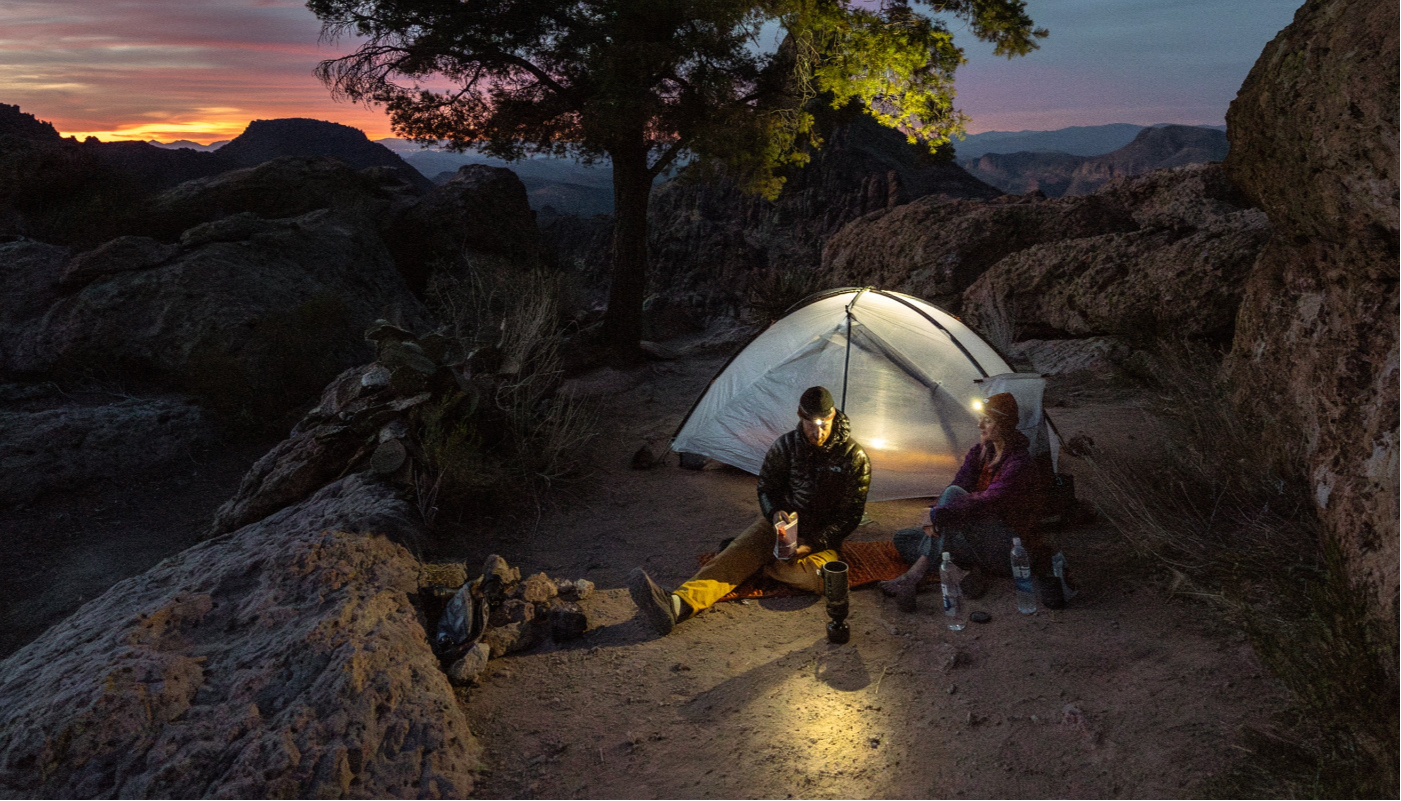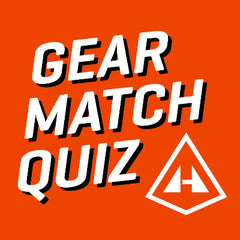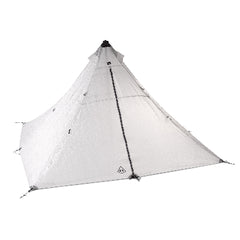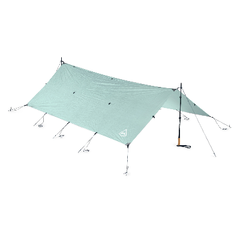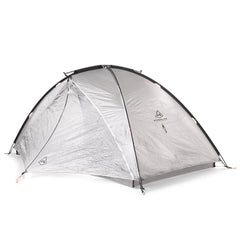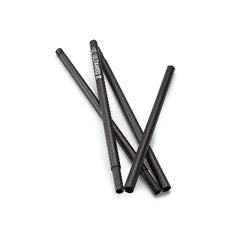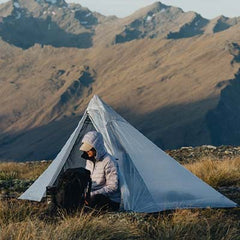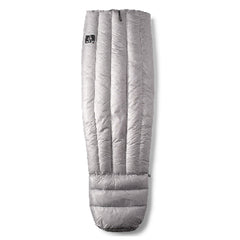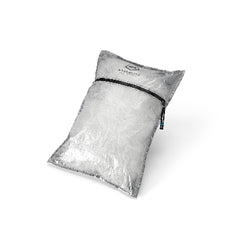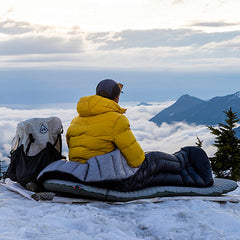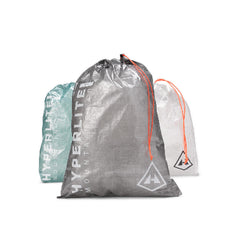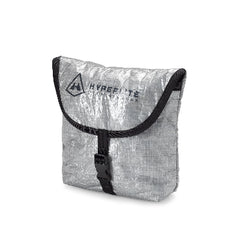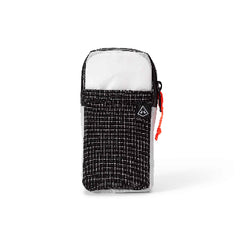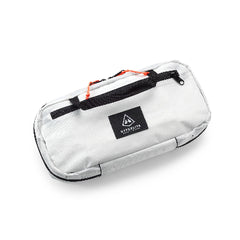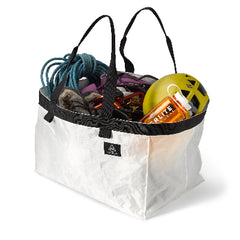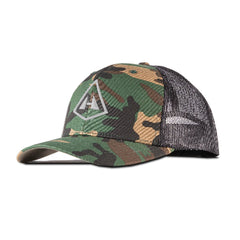Words and Photos by Briana “Rocky Mountain High” DeSanctis
“The soonest we can schedule you for surgery is going to be the end of October,” the receptionist flatly stated.
I almost dropped the phone.
My eyes began to sting as I felt tears welling up and a knot forming in my stomach. This was possibly the only chance I’d ever have to do this. My surgeon told me she wouldn’t perform my operation any later than the 10th if I was embarking on a 6800-mile thru-hike across America on New Year’s Day.
The only choice I had was to fight it. “That is impossible,” I said, my voice quivering, “There must be something sooner. It’s only August. I am begging you to do anything you can to move that date up. I’m leaving to hike across America, and I will probably never have health insurance again. Please help me.”
I was on hold for a short time before the woman on the other end of the line clicked over. “Miss DeSanctis? I found you something on the 8th,but the surgery will take place at the ambulatory center instead.”
“What does that mean?”
“It actually works in your favor because your insurance will cover the anesthesia at that location. I’ll send over all the details for you.”
I didn’t have giant breasts my whole life. In my early teenage years, I was actually pretty flat-chested to the point of my more endowed classmates noticing and nicknaming me “Flatlander.” I eventually developed breasts, but by age 26, they began growing much bigger than I’d hoped.
Back pain was a huge issue for me once the bowling balls had moved in. My workdays were difficult to complete for years. Finding a button-down work shirt that would fit my breasts meant purchasing one that was at least two sizes too big. I tried massage therapy. I tried physical therapy. I exercised. I lost weight. The breasts did not.
I was self-conscious every time I ran a race, folding my hands over my chest as I jogged to prevent my tits from running their own laps. I wore two to three bras at the same time, 24/7, for ten years. One minimizer bra and two sports bras to hold them closer to my body in hopes of curbing the pain a little. My breasts were smooshed and popping out of the bras from all angles. The mental stress, paired with others’ comments and my not being able to talk to anyone because many people would “do anything to have big boobs,” was crushing. My days were filled with tears, self-loathing, and dangerous thoughts.
As soon as the health insurance from my work kicked in, I decided to see if I could get approved for a medical breast reduction and asked my doctor if she knew any surgeons where I could get a consultation. She recommended her own surgeon, so I went one day after work.
I paid $80 bucks to feel violated and demeaned by a male doctor. The whole appointment was an awful experience. Why does a male doctor need a female “chaperone” in the same room? Why can’t a doctor have one ounce of compassion rather than interrupt me whenever I answer a question? I left the office in tears and shaken up by the horrific surgery photos I’d been shown of his work. There HAD to be someone else within my healthcare system.
I found Dr. K in Concord and met with her for a second consultation. She was nothing short of amazing, and I felt very comfortable with her. “Yeah, you will definitely qualify. You have very dense and heavy breast tissue. I’d say you’re a G, H. Also, one of your breasts is two whole sizes larger than the other. No two breasts are exactly the same size, but I’m going to make you very happy with your results.”
G?! H?! I’d been stuffing my breasts into DD bras for over a decade. They were so big that the smallest size Dr. K would reduce them to was a full C. I’d have been thrilled with a double mastectomy, honestly.
I anxiously waited for October 8.
REI in North Conway was bustling with shoppers as I perused the backpack section. My trip wasn’t beginning for another three and a half months, but I was chomping at the bit to accumulate all my gear. The only backpack I had was a disintegrated Osprey from my 2015 Appalachian Trail thru hike. Most of the hardcore hikers were using more ultralight packs by 2021 and I’d had my eye on Hyperlite Mountain Gear for some time.
The helpful store employee measured my torso. REI had either not yet begun selling HMG products, or there were none in stock, so I reluctantly tried on a Gregory pack. To my horror, I couldn’t see around my breasts to fasten the hip belt strap. As I fumbled and the store employee watched, I could feel my face becoming red and my emotions beginning to surface. “I’ll take it,” I quickly said, just wanting to get the hell out of there. My surgery date could NOT come soon enough.
With three and a half lb of heavy breast tissue removed and basically a brand-new pair of knockers, a literal and figurative weight had been lifted off my chest. The post-surgical healing had been mostly a breeze despite an immediate double hematoma caused by my being too physically active. By the first of the year, I was totally recovered. I felt better than ever. The only caveat was this Gregory pack, which I neglected to return to REI. I knew the Gregory was much too heavy for four-season hiking, where I’d already be carrying winter gear. The extra padding, extra zippers, and pockets, right down to a removable little sorry excuse for a daypack, were all so super excessive to me.
I began my thru hike of the American Discovery Trail on January 1, 2022. As I made my way across the United States, it wasn’t long before I noticed the pain of this heavy pack- but this time, the pain was in my right shin. It didn’t go away or move around; it just became worse as I smashed through crusty snow and rolled my ankles on the glare ice layer of the C&O Canal Towpath. By the time I entered West Virginia, I found myself googling ‘shin splints’ and ‘stress fractures’ since my health insurance was now finished. I barely made it over Dolly Sods in crotch-deep snow before calling it. I dropped $400 on two nights at an upscale lodge (the only accommodations for miles) and borrowed some crutches.
I took myself off trail for three weeks to rest and recover, and in the meantime, I called the nice folks at Hyperlite Mountain Gear. The most obvious wiggle room I had to lose for pack weight was the pack itself.
My timing isn’t always the best and it just so happened that HMG had wrapped their awesome yearly sale a few days prior to me calling. I explained my situation, described the American Discovery Trail and its attributes, and asked for a recommendation. The person on the phone was impressed at such a long-distance hike across the entire country and honored the sale price for my new Southwest 4400. The best part? My new pack was a fraction of the weight of the Gregory. I was instantly in love.
I named her Cecelia in Corydon, IN. By the time I got to the desert and had to carry a LOT of water, she was well-loved but staying strong. I packed out a couple of beers (more than) once, and I ended up ripping one of the outer pockets with the sharp edges of the crushed empty cans (pack it out!). My hip belt pocket zipper quit after an eternity of me shoving my too-big cell phone in there, but I improvised. The left shoulder strap seemed to lose all padding by Moab, but as the trail provides, a perfectly sized piece of foam blew into my camp one morning. I duct-taped it around the strap, and it was like new again. Even in torrential downpours, heavy snow, and wet conditions (including a fall into a river during the crossing), none of the contents of my backpack ever became wet. I can honestly say that this backpack saved my hike and helped me to become the first female thru hiker of the American Discovery Trail.
When asked about my pack choice, I always think of this story. It reminds me of how grateful I am to have had the opportunity to get surgery and lose the weight that was causing me so much pain. I only wear one bra now. I’ll also only use one backpack brand for the rest of my hiking career, and that’s Hyperlite Mountain Gear. Sometimes, you just have to drop a little weight.

For two years, Briana DeSanctis trekked across fifteen states following the 6,800-mile American Discovery Trail, becoming the first woman to do so in the process. She finished with a pack load of stories and experiences that we’re excited to share in future posts.

